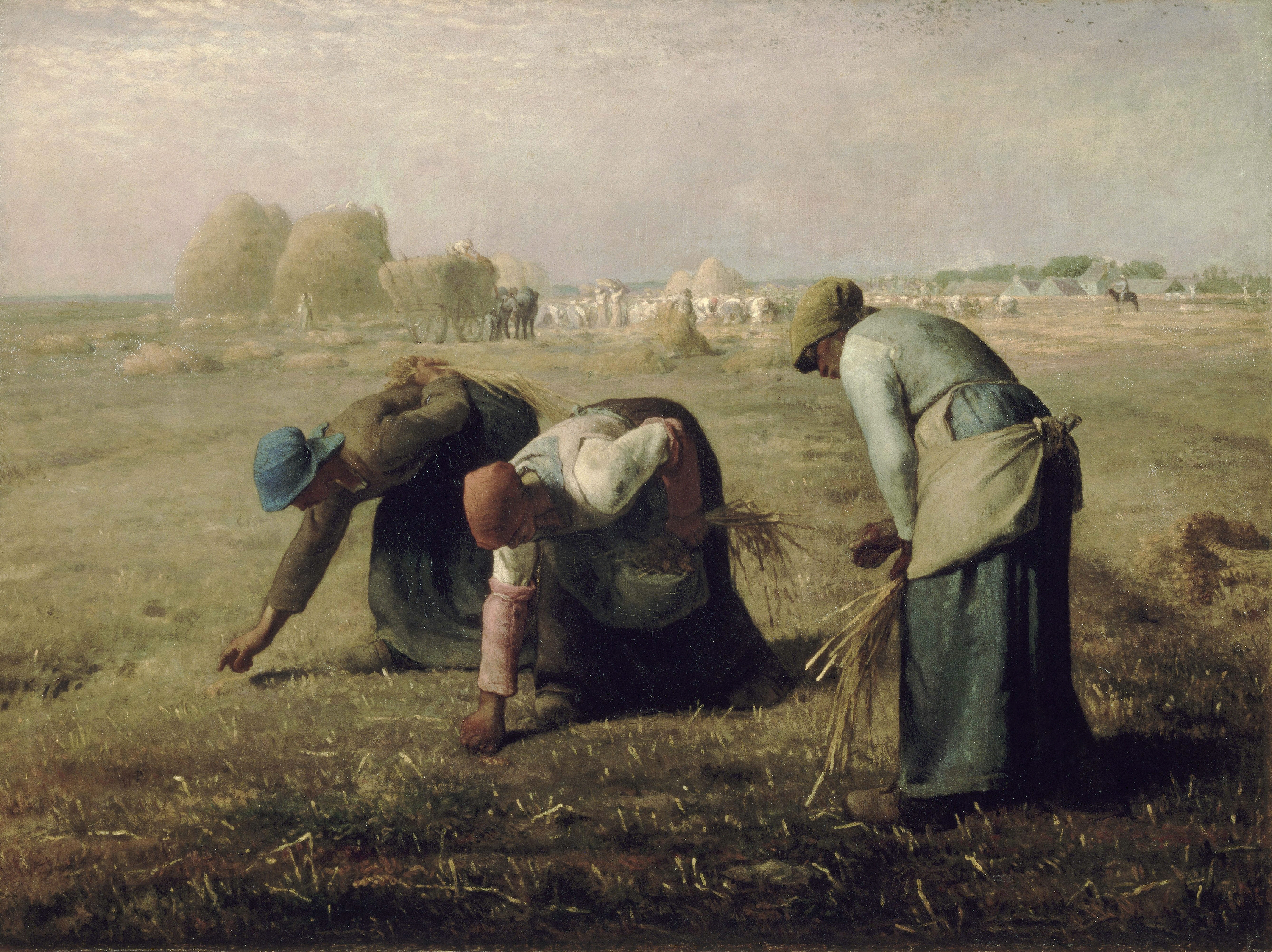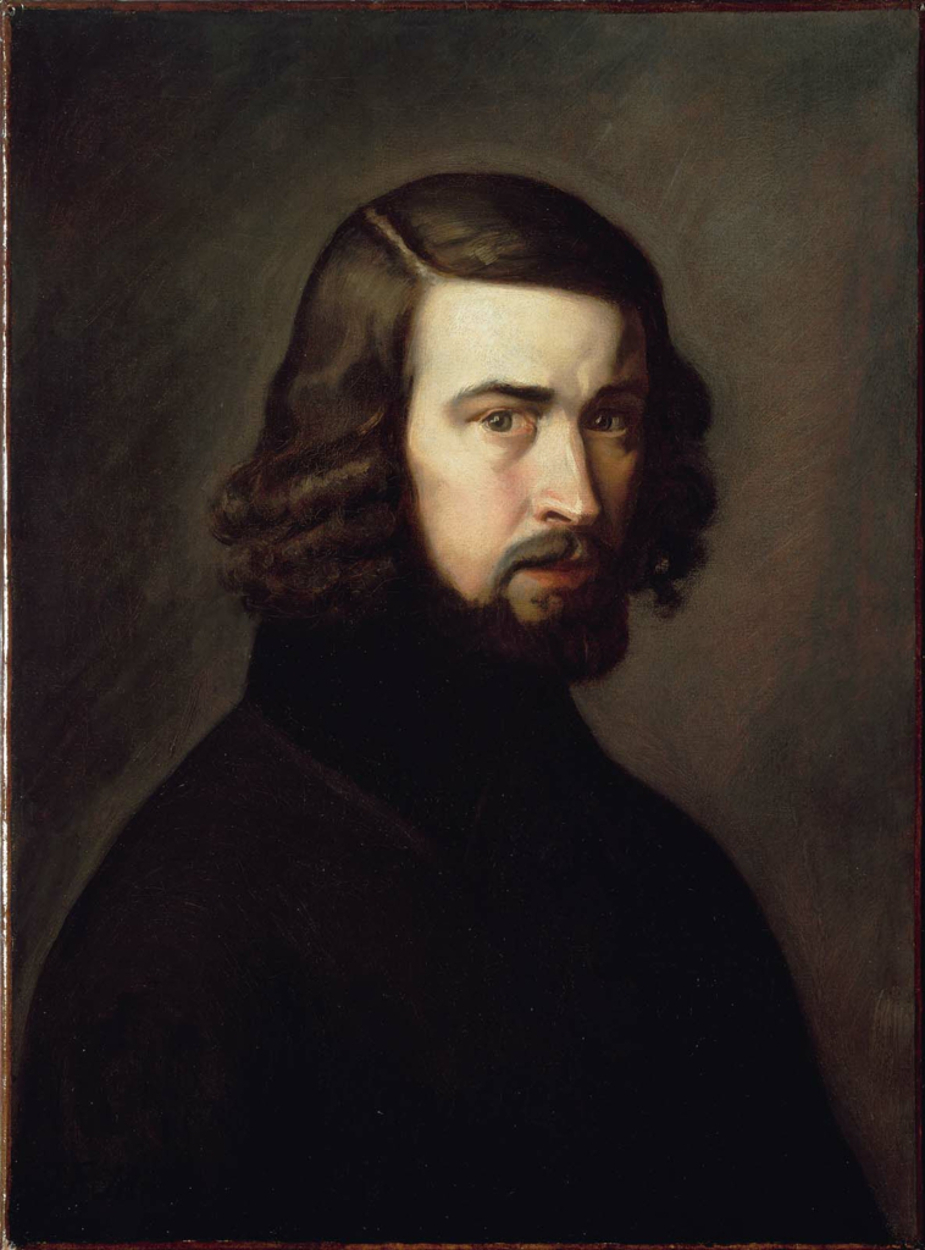Today is International Workers' Day, a celebration of laborers and the working classes that is promoted by the international labor movement. It occurs every year on May Day (1 May).
The team had a big discussion about what to show you today. We know what the situation is now; many of you may be unemployed or in a very difficult situation. So we decided to show you something classic, The Gleaners, painted by Jean-François Millet. It depicts three peasant women gleaning a field of stray stalks of wheat after the harvest.
Millet unveiled The Gleaners at the Salon in 1857. It immediately drew negative criticism from the middle and upper classes, who viewed the topic with suspicion: one art critic, speaking for other Parisians, perceived in it an alarming intimation of "the scaffolds of 1793." Having recently come out of the French Revolution of 1848, these prosperous classes saw the painting as glorifying the lower-class worker. To them, it was a reminder that French society was built upon the labor of the working masses, and landowners linked this working class with the growing movement of Socialism.
Millet's The Gleaners was also not perceived well due to its large size, normally reserved for religious or mythological style paintings. But this painting illustrated a realistic view of poverty and the working class. The painting provides evidence of Millet's role as a contemporary social critic. His brutal depiction of three hunched, female paupers segregated from the laborers and the abundant crop in the distance demonstrates his attention to, if not necessarily sympathy for, the plight of the poorest members of society.
P.S. Check here also our list of paintings showing jobs that don’t exist anymore (or seem not to)!


 Jean-François Millet
Jean-François Millet